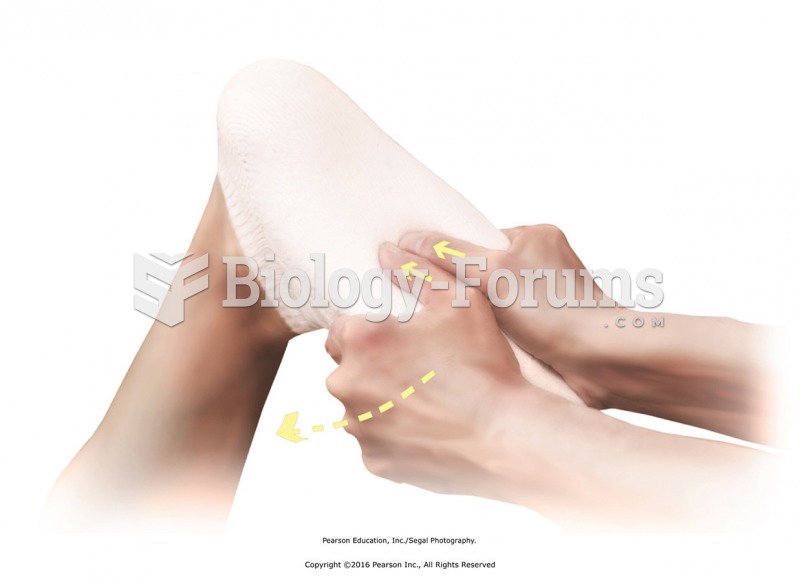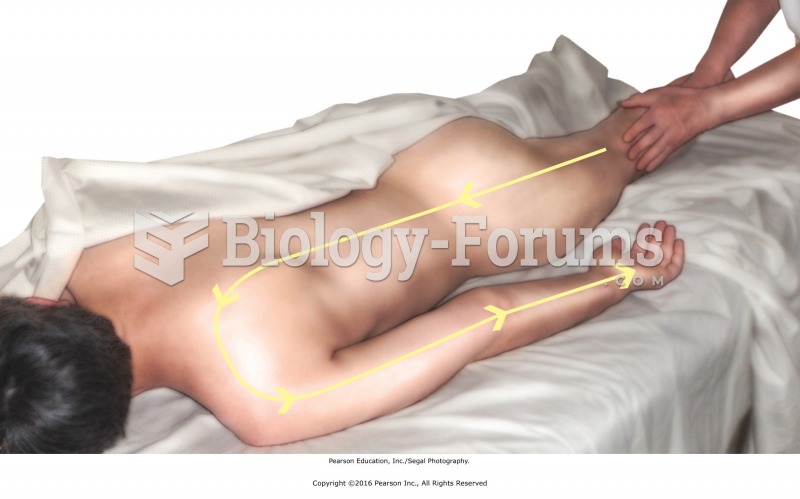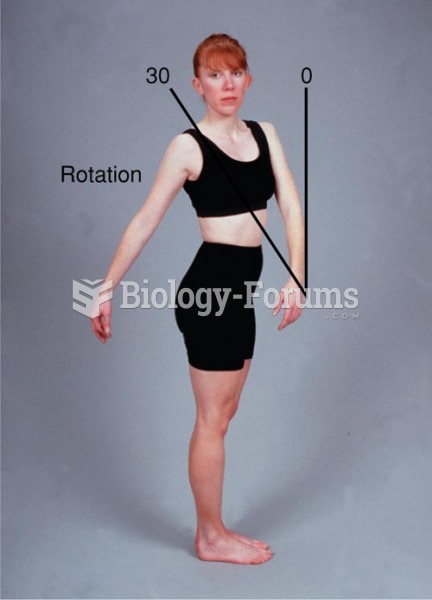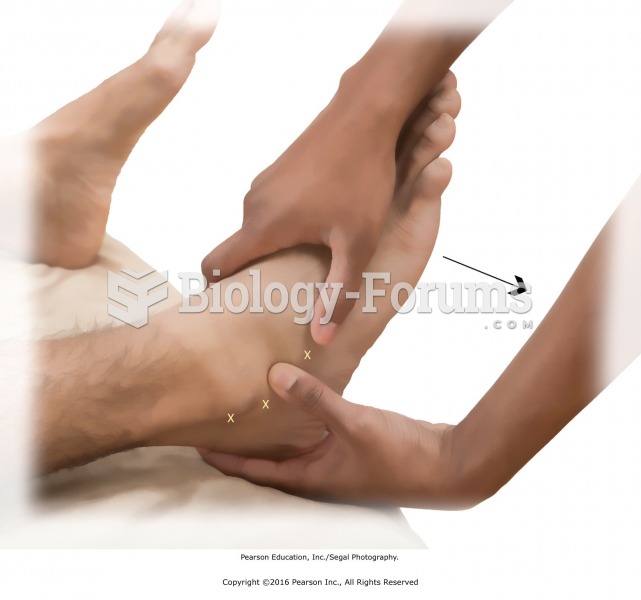|
|
|
The Food and Drug Administration has approved Risperdal, an adult antipsychotic drug, for the symptomatic treatment of irritability in children and adolescents with autism. The approval is the first for the use of a drug to treat behaviors associated with autism in children. These behaviors are included under the general heading of irritability and include aggression, deliberate self-injury, and temper tantrums.
Patients who cannot swallow may receive nutrition via a parenteral route—usually, a catheter is inserted through the chest into a large vein going into the heart.
The oldest recorded age was 122. Madame Jeanne Calment was born in France in 1875 and died in 1997. She was a vegetarian and loved olive oil, port wine, and chocolate.
Warfarin was developed as a consequence of the study of a strange bleeding disorder that suddenly occurred in cattle on the northern prairies of the United States in the early 1900s.
You should not take more than 1,000 mg of vitamin E per day. Doses above this amount increase the risk of bleeding problems that can lead to a stroke.
 Medial temporal lobectomy. The portions of the medial temporal lobes that were removed from H.M.’s ...
Medial temporal lobectomy. The portions of the medial temporal lobes that were removed from H.M.’s ...
 Dorsiflex the foot, applying direct pressure to the bottom. Standing at the end of the table, pick ...
Dorsiflex the foot, applying direct pressure to the bottom. Standing at the end of the table, pick ...
 Ayurvedic massage. Long sweeping stroke from foot around shoulder and down the arm, recipient prone.
Ayurvedic massage. Long sweeping stroke from foot around shoulder and down the arm, recipient prone.




